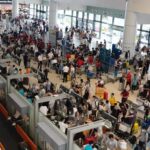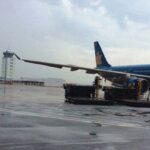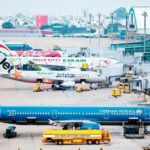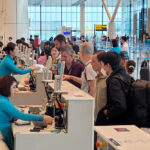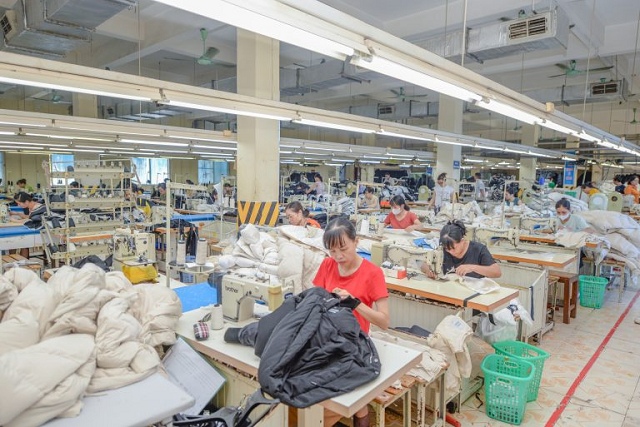Vietnam Airlines’ Long-Standing Dominance in Aircraft Maintenance
For many years, the landscape of aircraft maintenance in Vietnam was largely dominated by Vietnam Airlines. The national carrier, through its subsidiary Vietnam Airlines Engineering Company (VAECO), held a monopoly on operating large-scale aircraft hangars for maintenance and repairs. VAECO possesses six hangars across two bases in Noi Bai and Tan Son Nhat.
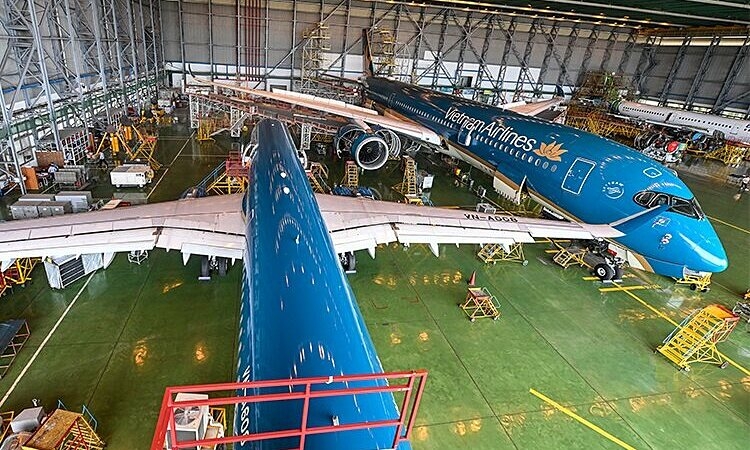
This dominant position can be attributed to historical factors and the airline’s role as the national carrier. With its roots tracing back to Vietnamese Civil Aviation, established in 1956, Vietnam Airlines has enjoyed a lengthy development trajectory, intertwined with the growth of the country’s nascent aviation industry. Backed by the government, the airline had the resources and stature to invest in aviation infrastructure, including modern hangars at key airports such as Noi Bai in Hanoi and Tan Son Nhat in Ho Chi Minh City.
VAECO, built upon Vietnam Airlines’ own maintenance workshops, inherited and expanded this infrastructure, becoming the leading aircraft maintenance provider in Vietnam. They serve not only Vietnam Airlines’ fleet but also over 80 other international airlines.
Beyond the first-mover advantage, constructing and operating an aircraft hangar entails enormous costs and complexities, creating a significant barrier to market entry for new airlines, particularly private ones.
The expense of building a hangar can run into thousands of billions of dong. For instance, the projected cost of constructing a hangar at Long Thanh airport is estimated at around 785 billion dong each.
Moreover, aircraft maintenance demands stringent technical and safety standards, necessitating certifications from reputable national and international aviation authorities, such as the Civil Aviation Authority of Vietnam (CAAV), the Federal Aviation Administration (FAA) of the United States, or the European Aviation Safety Agency (EASA).
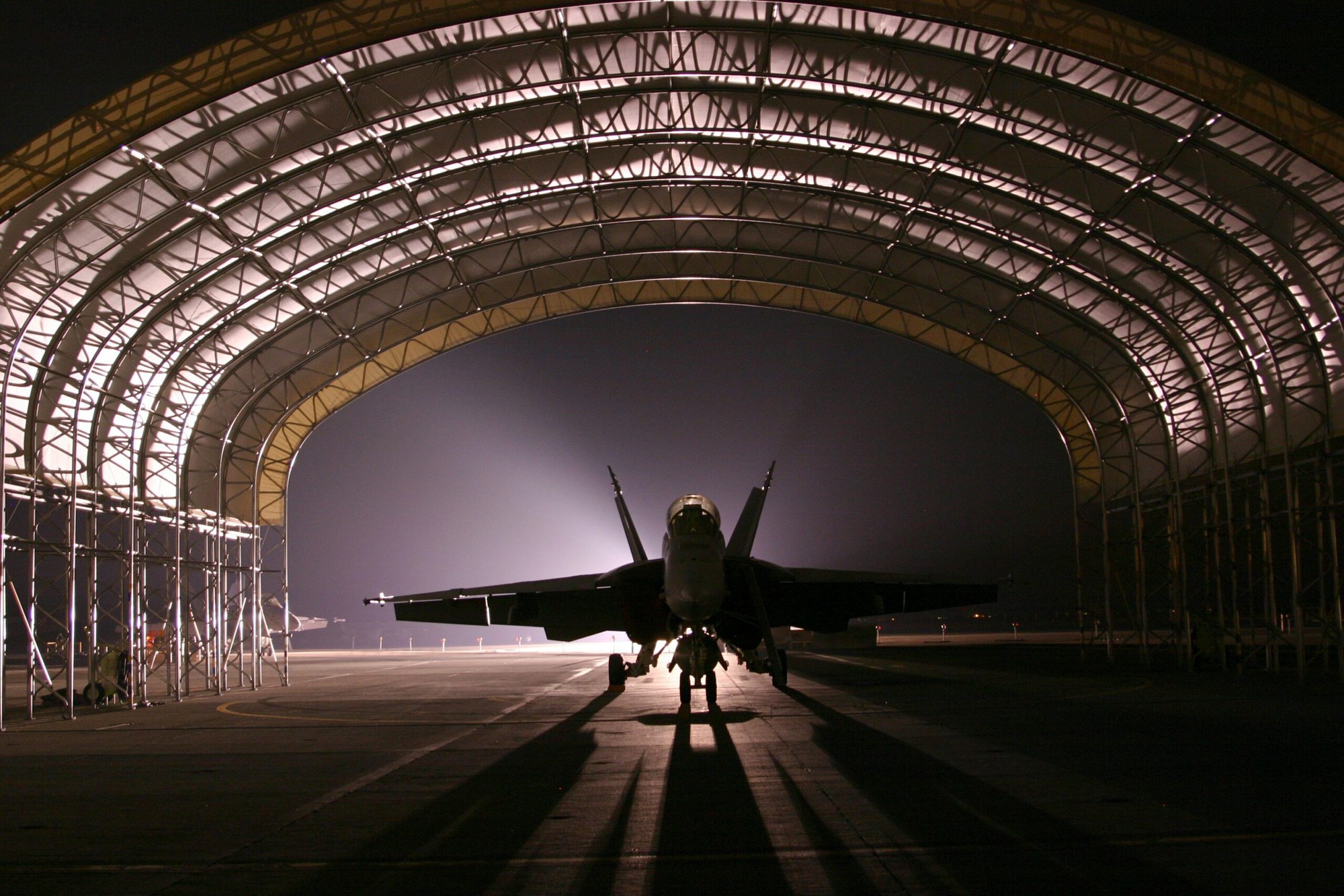
Achieving these certifications requires substantial investment in equipment, technology, and, most importantly, the training of highly skilled engineers and technicians. This is a lengthy and arduous process that VAECO has spent years cultivating.
Additionally, the development of aircraft maintenance hangars in Vietnam is challenging due to land-related procedures and airport planning constraints.
Addressing this issue, a representative of the Aviation Engineering Service Joint Stock Company (AESC) shared, “In reality, AESC has had a project to build a maintenance hangar at Chu Lai airport since 2015, but issues pertaining to land management rights remain unresolved. Major airports like Tan Son Nhat and Noi Bai are already congested, and there is no room for new hangars in Da Nang.”
A Level Playing Field Emerges: Ambitions of New Players
Given these substantial barriers, private airlines that emerged later, such as VietJet Air and Bamboo Airways, initially opted to outsource aircraft maintenance and repair services from domestic and foreign providers rather than investing in their hangars.
This strategic decision allowed these airlines to focus their resources on expanding their fleets, networks, and other core business activities. For instance, VietJet Air had to send its aircraft to maintenance facilities in foreign countries like Laos for periodic inspections and maintenance for many years.
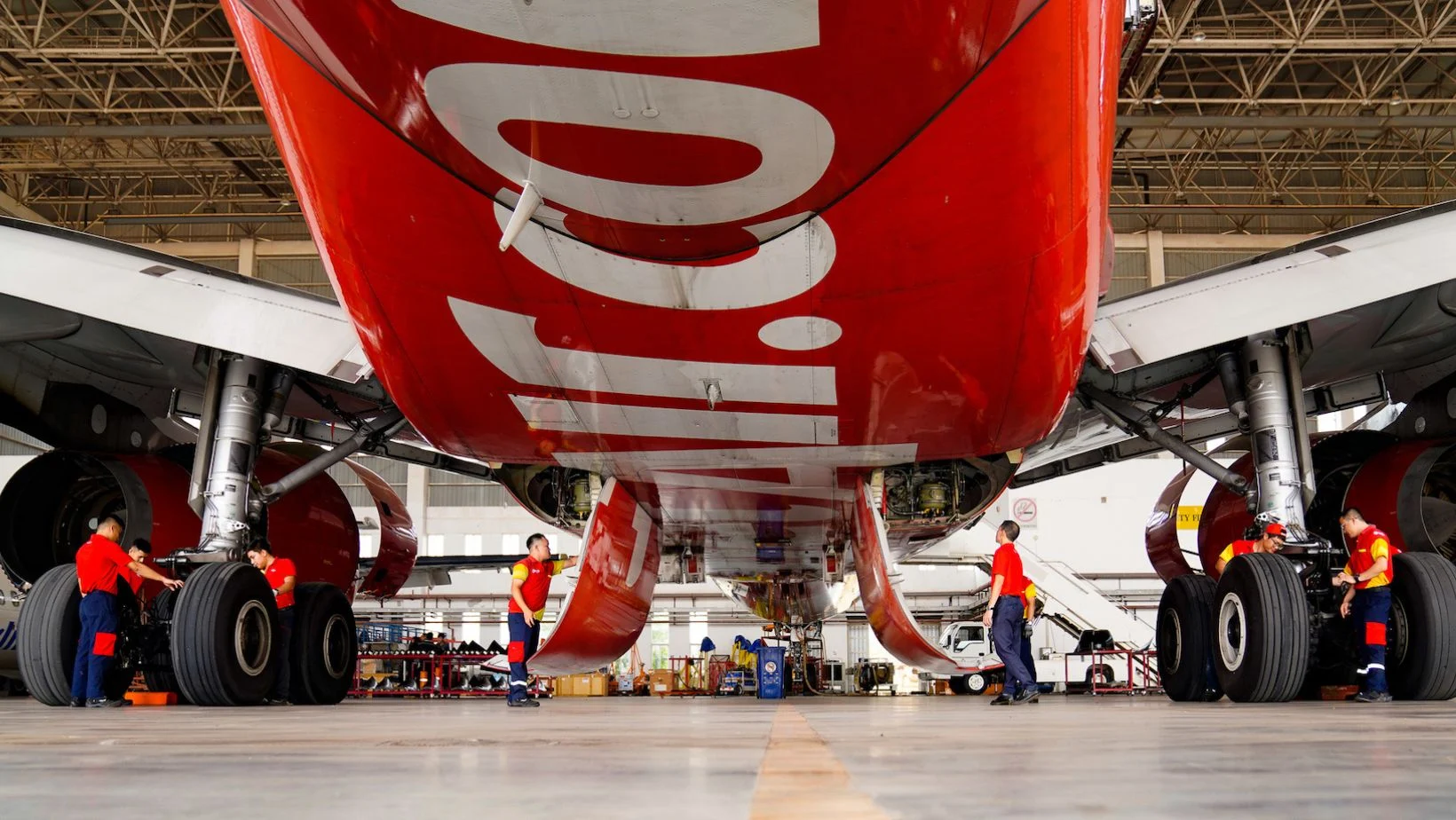
However, as their fleets grew, reliance on external partners could lead to operational constraints and increased operating costs. Recognizing this, private airlines have begun investing in their maintenance infrastructure.
VietJet Air, for instance, recently secured approval from the Ministry of Construction for a project to construct and operate aircraft maintenance services number 3 and 4 at Long Thanh International Airport, with a contract value of 1,543 billion dong.
The project is expected to be completed by 2025 and operational by 2026. Each project will be able to accommodate the maintenance of a minimum of two code E aircraft (B747/B787/A350 or equivalent) and four code C aircraft (A320/A321 or equivalent) simultaneously.
Vietjet also intends to participate in the bidding process for the construction of maintenance hangars number 5 and 6, with a total investment of 785 billion dong per project.
Vietjet has expressed interest in entering the hangar business for several years. In 2017, the airline initiated land lease procedures at Cam Ranh airport to build an aircraft maintenance facility, but the project remains unfinished.
Last year, Vietjet Air continued to finalize procedures and report to the Ministry of Defense and relevant authorities to obtain approval for their land use plan for constructing a hangar at Factory A32, with an estimated investment of 50 billion dong. The completion of these procedures is expected by 2025.
In 2023, Vietravel Airlines collaborated with the world’s leading aircraft manufacturer, Boeing, to promote the development of an aircraft maintenance, repair, and overhaul facility at Phu Bai airport.
T&T Group, owned by Bầu Hiển, proposed developing an integrated aviation ecosystem, with a particular focus on the aviation-urban airport complex in Quang Tri province, spanning 3,700 hectares. This complex will prioritize the development of large-scale hangars.
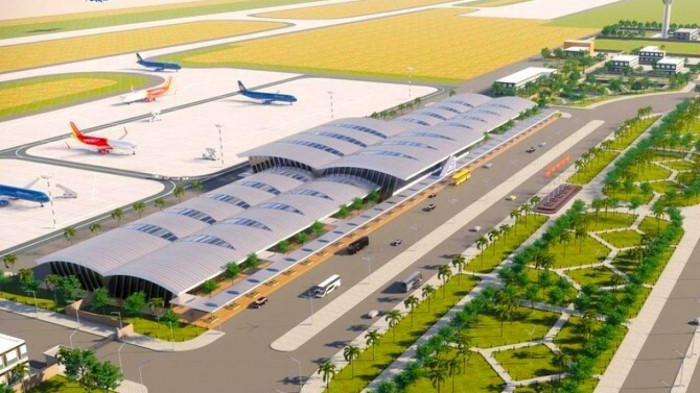
Evidently, Vietnam Airlines’ historical monopoly in the hangar business resulted from a lengthy developmental trajectory and the industry’s colossal financial and technical barriers.
However, with the dynamic evolution of the aviation market and the rise of private airlines, this monopoly is gradually being disrupted, heralding a future of heightened competition and advancement for Vietnam’s aircraft maintenance industry.
The Evolution of Airline Ticket Prices for the National Day Holiday
Airfare prices for the upcoming 2nd of September holiday are seeing a slight dip, with many routes from Ho Chi Minh City to Hanoi and Danang still offering available seats for travelers’ preferences.
Travel Plans for the Upcoming 2-9 Holiday: A Sizzling Hot Topic
The upcoming 2-9 holiday period will see a significant surge in travel and recreational activities, with Hanoi being a prime destination of choice.
























